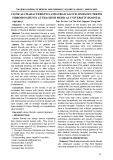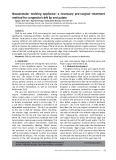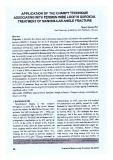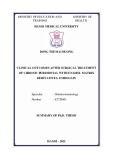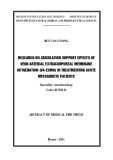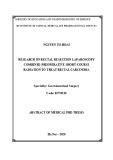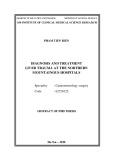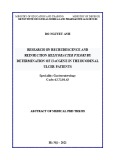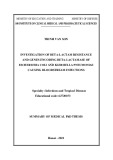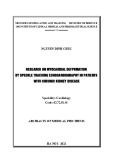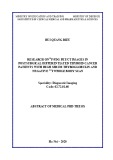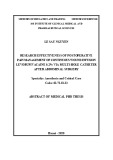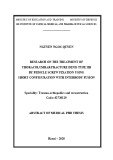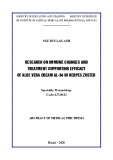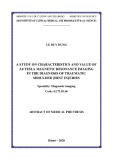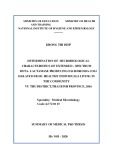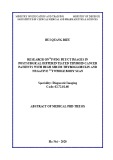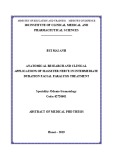
3
1.2.2. Intermediate durationfacial paralysis (from 3 weeks to 2 years)
- Methods: Surgery for one-sidedness facial nerve graftor nervous graft
through the circuit.
- Facial nerve transition: The nerve often used is: nerve XII, masseteric nerve.
Transfer of nerves XII-VII: usually joined at the end - on the side and joined
to the main body of the nerve VII. Transfer of masseteric nerve – branch of
the nerve VII mouth on the side of the paralysis: usually linked to the end of
microsurgery of the MN branch and the nerve VII mouth branche.
1.2.3. Chronic facial paralysis(> 2 years)
- Methods:
+ Local muscle transfer surgery: the muscle often used is a temporal muscle
with the condition that the trigeminal nerve is not injured.
+ Micro-surgical transfer surgery: in cases where the transfer of local muscles
is difficult or has not the desired results, the free muscle transfer is a good
choice. Free muscles are commonly used: slim muscles, large back muscles,
small chest muscles, and muscles in form of big toe.
1.3. Situation of applications of masseteric nerve in facial paralysis
treatment
1.3.1. Masseteric nerve transfer in intermediate durationfacial paralysis
treatment (<2 years)
Intermediate durationfacial paralysishas the ability to restore the nerve
VII transmission to recover the movement of the muscles clinging to face skin,
it is very positive because at this time the muscles clinging to face skin is not
degenerated, not atrophied.
With studies using nervous sources to recover the nerve VII
transmission from MN, many reports show very positive results even up to 24






